After the long winter months, it feels good to look forward to warmer weather, blooming flowers, and the fresh start that springtime brings. Many homeowners tackle spring cleaning with enthusiasm, but often overlook one critical area: their home’s plumbing system. Cold temperatures, ice, and heavy use during winter can leave behind hidden problems. Addressing those issues now with the right spring plumbing tips can help prevent costly repairs and keep everything running smoothly.
At A-1 Sewer & Septic Service, we’re here to help you protect your home from leaks, clogs, and water damage with a few practical steps. And if you ever run into complex issues, a professional plumber is just a call away.
Why Spring Plumbing Maintenance Matters
Spring brings unique plumbing challenges that many homeowners often overlook. Melting snow, seasonal rain, and higher household water use can put extra pressure on your plumbing system. These conditions can expose damage from freezing temperatures, increase the risk of blockages, and cause previously undetected leaks to become apparent.
The good news is that this season also provides the perfect opportunity to improve efficiency, clear out sediment buildup, and check for early signs of corrosion. A quick inspection and a few preventative measures now can help avoid plumbing problems and costly emergencies later.
By taking care of your plumbing system in spring, you’ll protect your investment, conserve water, and ensure reliable performance before the summer heat arrives.
Spring Plumbing Checklist
Although spring is a beautiful and refreshing time of year, it can also reveal issues that were caused by the winter months. Use this plumbing maintenance tips checklist to keep your home safe, efficient, and ready for springtime.
General Maintenance:
● Remove debris from yard drains, gutters, and downspouts to prevent clogs and flooding during spring rains.
● Inspect faucets to confirm proper water flow. If the pressure seems low, it may indicate damage to the pipes or other blockages in the line.
● Check appliances and plumbing fixtures to ensure no leaks have developed during winter. Even a small drip can waste hundreds of gallons and cause costly water damage over time.
● Adjust the water heater temperature to around 120°F for safety and efficiency.
● Inspect exposed pipes for cracks, rust, or corrosion that freezing conditions may have caused.
● Install a flood alarm in basements or crawl spaces to catch hidden leaks early.
Addressing these basics early helps avoid expensive water damage later.
Kitchen & Bathroom:
● Check faucets for drips or leaks; repairing them reduces waste and lowers your water bill.
● Use screens in drains to catch hair, soap, and buildup that could cause blockages.
● Test supply valves under sinks and toilets to ensure they turn easily. Having this information is crucial during an emergency.
● Drop a few drops of food coloring into toilet tanks to test for leaks. If color seeps into the bowl, repairs are needed.
● Inspect toilet bowls and tanks for cracks that may lead to water damage.
● Soak showerheads in vinegar overnight to remove mineral deposits and restore steady water pressure.
Keeping your bathroom and kitchen fixtures in top shape makes your daily routines smoother, while also saving water and preventing more significant issues.
Appliances:
● Flush sediment buildup from your water heater to maintain efficiency and extend lifespan.
● Check the age of your water heater. If it’s more than 15 years old, consider replacing it with an energy-efficient model.
● Keep flammable materials away from water heaters and furnaces for safety.
● Inspect hoses on dishwashers, washing machines, and ice makers. Replace any that show leaks, bulges, or are over 10 years old.
● Clean washing machine lint traps to improve performance and reduce the risk of clogs.
Appliance maintenance not only improves efficiency but also reduces the chance of unexpected breakdowns.
Outdoor Plumbing:
● Check outdoor faucets, spigots, and hose bibs for leaks or low water pressure. If you notice issues, frozen pipes from winter may be to blame.
● Clear plumbing vent pipes of debris, leaves, or nests that can block airflow.
● Inspect gutters, yard drains, and downspouts regularly to keep water flowing away from your home.
Taking time to inspect outdoor plumbing now will help prevent water damage during spring storms.
Basements, Sump Pumps & Other Systems:
● Inspect exposed pipes in basements and crawl spaces for leaks or corrosion.
● Pour a bucket of water into the drains you rarely use to refill traps and prevent sewer odors.
● Add backflow valves to floor drains for protection against sewer backups.
● Test your sump pump by pouring water into the sump pit and checking that it activates properly.
● Install flood alarms for added protection against hidden leaks and rising water levels.
A properly functioning sump pump and basement plumbing inspection can be the difference between a dry basement and a major flood.
While these spring plumbing tips keep your home ready for the season, year-round plumbing maintenance is equally important to prevent buildup, corrosion, and costly repairs. It’s always a good idea to review your water usage and look for ways to reduce it, especially before the hot summer season arrives. Maintain your pipes and drains by clearing clogs caused by hair, soap, and other debris. You can also flush out drains using some of the homemade remedies we have mentioned before!
Call A-1 Sewer & Septic Service
These spring plumbing tips can help you stay ahead of typical issues; however, some problems require professional plumbing services. Count on A-1 Sewer & Septic Service for drain cleaning, plumbing checks, leak detection, and full-service repairs.
We bring over 45 years of experience and offer emergency services, including evenings and weekends. Don’t let small winter leaks turn into costly spring flooding. Protect your home and enjoy peace of mind this spring.
Call today to schedule your spring plumbing maintenance with a trusted professional plumber!

